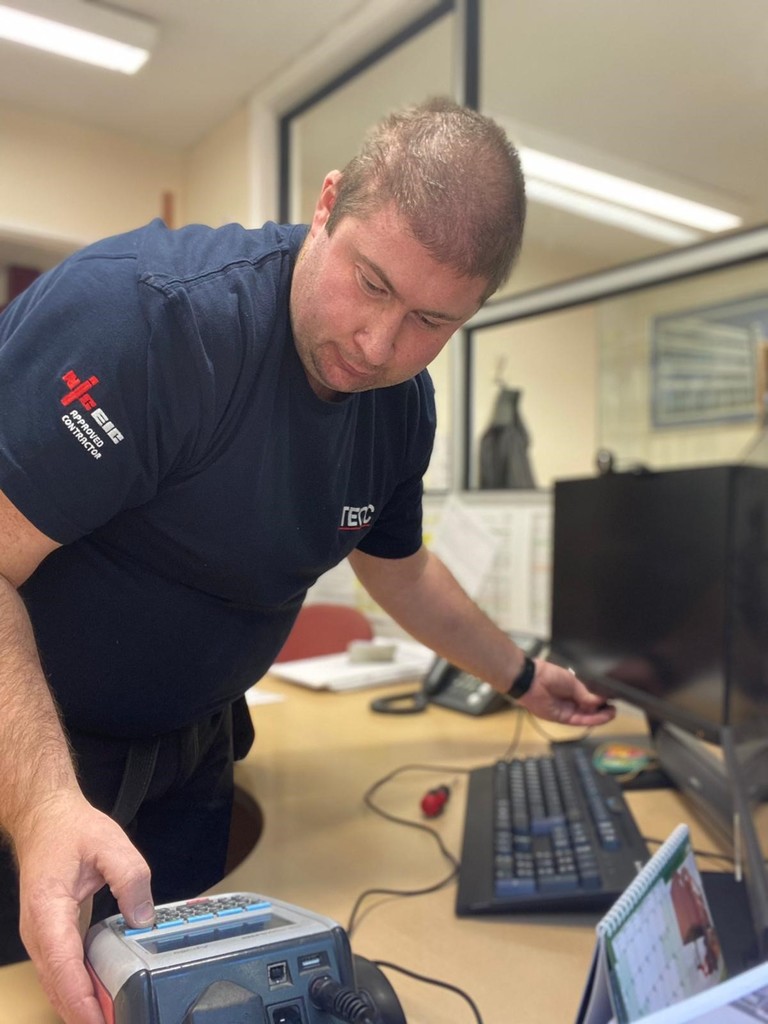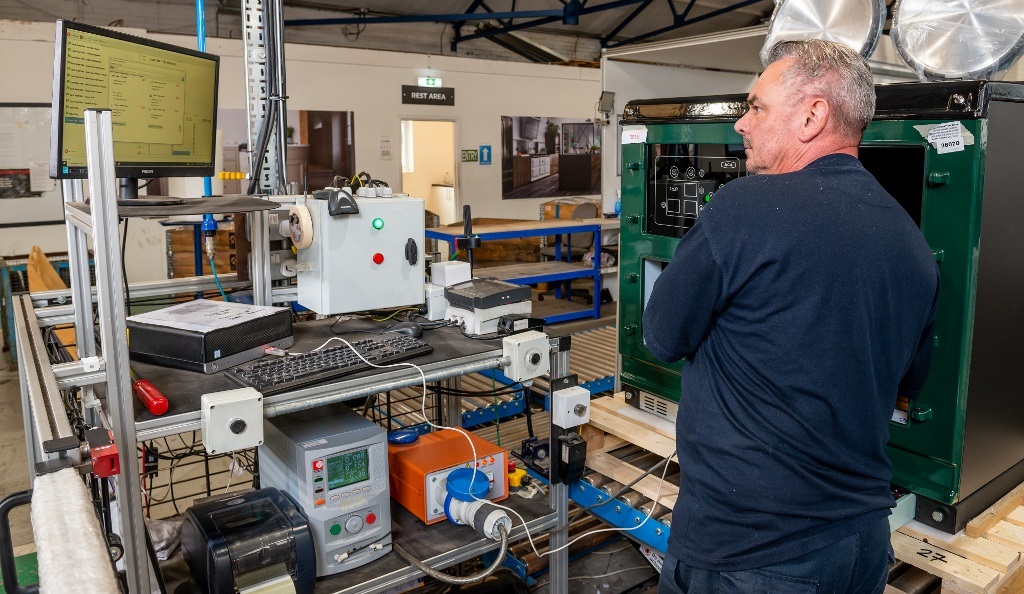
Kelly Rose
Editor

Kelly Rose
Editor
The need to ensure that manufactured electrical and electronic goods comply with required conformance standards is inextricably linked to effective product and component testing, says Nathan Barwell.
THE IMPORTANCE of electrical safety testing is paramount to ensure that electrical and electronic products rolling off production lines are safe and that consumers will not be harmed when they use them. This is enshrined in safety requirements such as the Electrical Equipment Regulations in the UK, the Low Voltage Directive and product safety standards.
These assert that comprehensive testing must be completed on electrical products that are either manufactured or returned for repair. Moreover, properly maintained records of the product design for each manufactured item must also be kept.
Generic product safety standards and European Directives make clear a requirement to ensure conformance from both. However, the common reaction still remains ‘Does this mean I have to do 100% testing?’ Batch sampling and product verification tests are essentially designed to determine that type test and build instructions are being maintained via a set of ‘working standards’ and rely on a traceable scientific relationship between the sample and the rest of the batch.
In order to maintain a proper relationship back to the ‘type approved product’, testing of the batch sample should theoretically involve a repeat of the type test. This could involve the use of external test house or the transfer of the sample to a dedicated, in-house test laboratory - with both cases likely involving high costs and complex test routines. In addition, where batch sampling results in a test failure or a safety problem, remedial measures must be put in place. This could involve shutdowns to production and product recalls until the extent of the fault is identified.
Pro-active
In reality, this is likely to involve re-call costs (time, labour, discarded packaging etc), testing costs (which will now include skilled labour), rework costs (time, labour, parts if any), lost production (highly unlikely that all items are salvageable) and potential late delivery penalties. Similarly, it is clearly in the interests of manufacturers of finished products that the safety critical components used to assemble a product are satisfactory – preferably before being incorporated into the product. Many manufacturers now request ‘Certificates of Conformity’ from suppliers of safety critical components.
There has been growing recognition of the advantages that can result in the pro-active identification of problems and defects before assembly. In this situation many electrical and electronics manufacturers now request ‘Certificates of Conformity’ from suppliers of safety critical components.
By complementing this approach with 100% product testing, significant information can be gathered and used to improve and refine manufacturing processing and techniques. Identifiable reasons for product failures can be highlighted and quickly acted upon. Even simple fault counters can indicate particular areas of the build phase that may require further investigation.
In developing production line safety testing policies, product manufacturers will review their own processes for Class I and Class II products and accordingly introduce the three main tests for ensuring product safety: High current Earth Bond measurement, Insulation Resistance measurement and High Voltage Flash (or hipot or dielectric strength) Test. In addition, many manufacturers will be driven by specific product standards and customer requirements, or even their own in-house guidelines, to complete functional tests (also known as run or load leakage testing).
Effective testing
With such a range of tests, and the availability of relatively inexpensive test instrumentation, typical electrical safety testing to meet routine product test requirements can be completed in seconds. For example, with simple to use set-up and control features, test stations can be readily incorporated into the production environment without the need for highly skilled labour.
Of course, specific type testing standards may involve a flash test (also called a hipot testing or dielectric strength test) using high current levels (sometimes in excess of 100mA) and extended test times (several minutes for some standards). However, for routine production line testing, electrical safety standards define not only a lower safer trip level, but also the setting up of the test area to ensure the safety of the operator.
As a result, where delicate electronic components are involved, far from omitting the flash test, various techniques can be incorporated to soft-start (ramp) the test voltage or apply DC voltages with discharge circuits, thus removing any likelihood of damage occurring. Far from costing time and money, routine 100% electrical safety testing on the production line makes sound economic and business sense.
Seaward’s free guide www.seaward.com/gb/support/guides/manufacturing/f4c40-electrical-safety-testing-during-manufacture-a-practical-guide/?gmsource=PR helps manufacturers understand better electrical safety testing requirements.
Nathan Barwell is category manager at Seaward. For more information, visit www.seaward.com
New test approach
The installation of advanced production line test technology is helping Aga Rangemaster to uphold its global brand values for high-performance quality products.
With the introduction of new product innovations and technical advances, the company has recently introduced new bespoke and integrated ‘end of line’ electrical test bays at its Telford manufacturing site.
Utilising specialist Seaward HAL 104 multifunction electrical safety testers and comprehensive Safety e-Base software, the new test approach combines ease of use for operators with the versatility to meet the technical test needs of over 30 different Aga and Rayburn cooker types.
All cooker products manufactured at the Telford factory must undergo a combination of electrical safety and functional tests before being approved for despatch to customers. As well as electrical cookers, the range includes gas and oil powered products, each with their own specific features and often complex test needs.
William Fletcher, Aga Rangemaster production engineer said, “The combination of automatic sequencing of testing and step by step on screen instructions has reduced the technical training required by operatives. In addition, when any subsequent product issues have arisen, the database availability of automatically recorded test data results has assisted in satisfying any warranty issues.
“Seaward’s technical guidance, hands on support and troubleshooting have been invaluable in ensuring that we have a system that completely meets our needs and is making a significant contribution to the efficiency and success of the business.”
Safety testing specialist Seaward is a longstanding supplier of electrical test equipment to Aga Rangemaster and also has systems installed at the company’s Leamington Spa factory.


15-18 Bracken Hill
South West Industrial Estate
Peterlee
SR8 2SW
UNITED KINGDOM
0191 586 3511